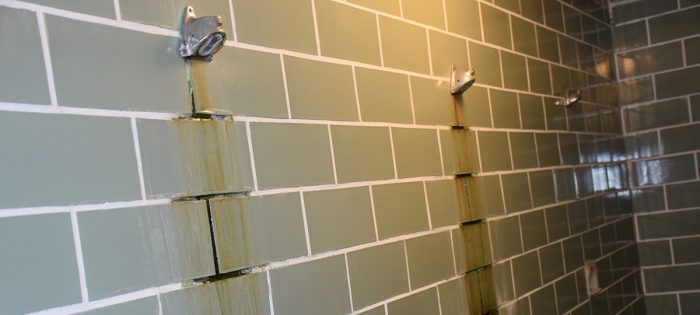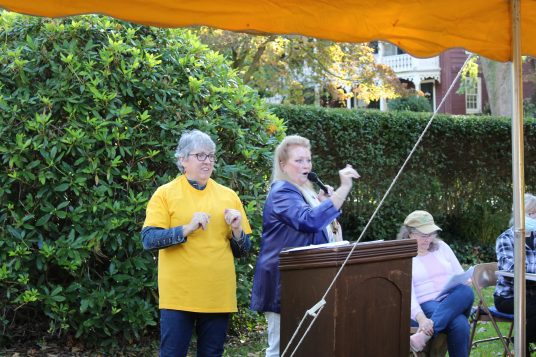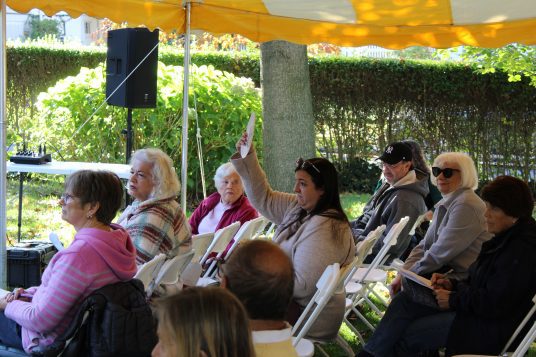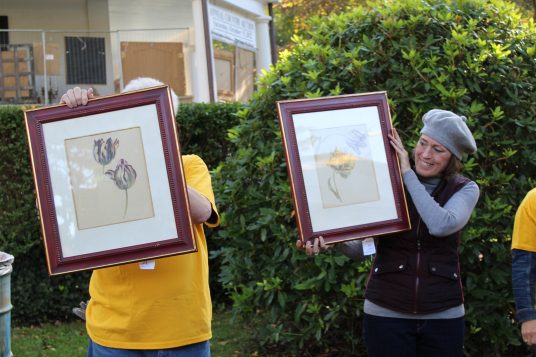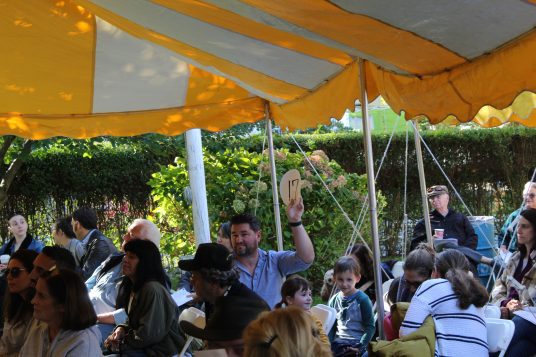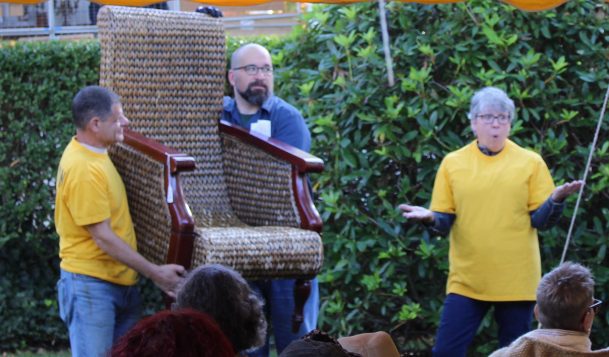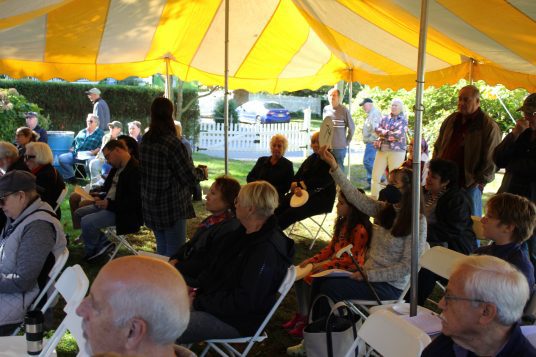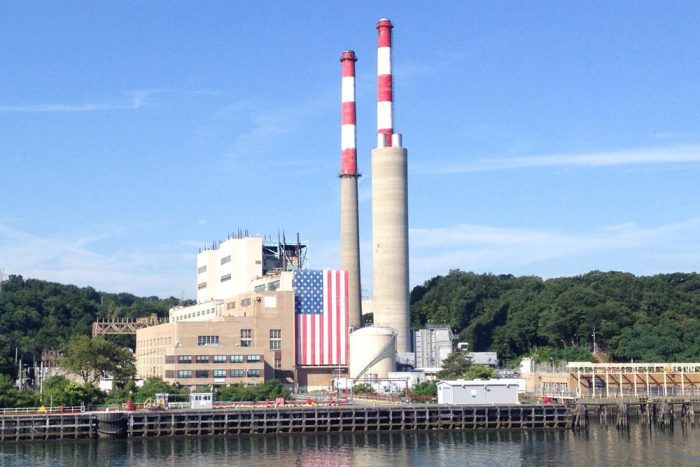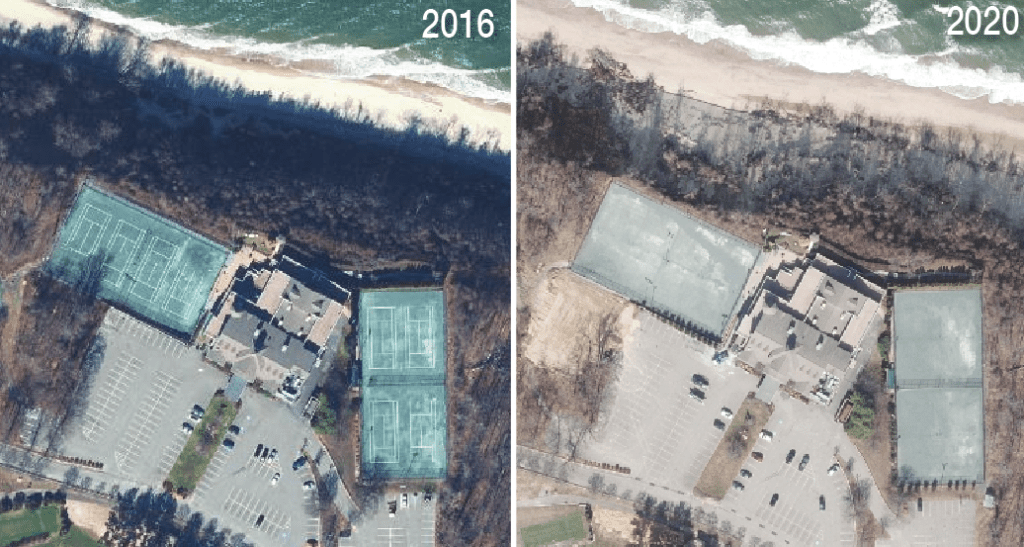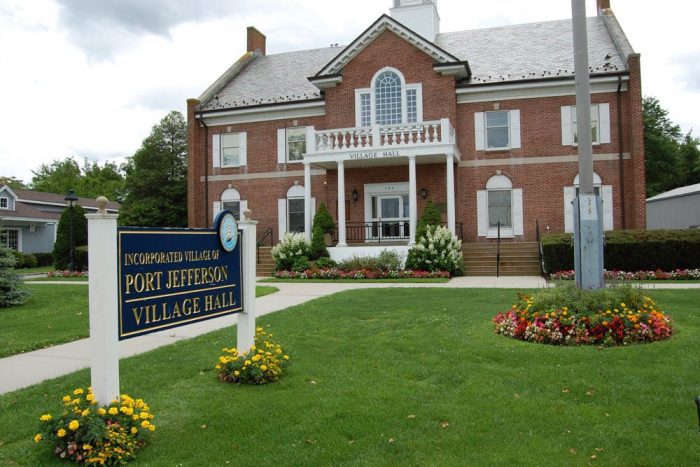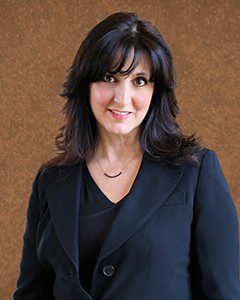Port Jefferson School District administrators led a guided tour for more than a dozen community members Tuesday, Oct. 18, showcasing some of the facilities that will be on the ballot this December.
Voters will decide Monday, Dec. 12, upon two landmark ballot initiatives, Propositions 1 and 2, totaling approximately $25 million. If approved, the district will see a significant overhaul of facilities across its three schools: Earl L. Vandermeulen High School, Port Jefferson Middle School and Edna Louise Spear Elementary.
Proposition 1 projects will target the bathrooms, heating and cooling systems, art, technology and music rooms, among other infrastructure needs throughout the district.
Proposition 2 will feature a crumb rubber artificial turf athletic field at the high school to replace the existing grass field for outdoor athletic teams. [See story, “Capital bonds: PJSD nears historic referendum over school infrastructure,” The Port Times Record, Sept. 29, also TBR News Media website.]
Administrators began with a detailed presentation on the heating/cooling units proposed for the elementary school, as this site was not part of the tour. Visitors then strolled through the halls and into the rooms under consideration as part of the upcoming referendum.‘When you see it, you can’t dispute the smells or the age or the corrosion or the dated materials that are there.’
— Jessica Schmettan
Several of the touring group asked questions and engaged in detailed exchanges with the district administration. Jessica Schmettan, superintendent of schools, led these discussions.
In an interview, she said the district’s goal for these tours is to give voters a window into these facilities, offering them firsthand knowledge of the items on their ballots.
“I think people are seeing some of the areas that desperately need renovation,” she said.

One of the core issues featured throughout the discussions pertained to the price for each improvement. Addressing these concerns, Schmettan said that how a public school district must finance renovation projects differs substantially from that of a homeowner renovating his or her home.
“Of course, as always, there’s a question of price, but school districts have to pay at prevailing wages and use the architects’ fees and projections,” which she suggests can drive up costs. The district superintendent added, “I think it’s hard for people to conceptualize that. They think about their home and what it costs to renovate. I think some of the prices are surprising, but [the architects] definitely saw the need for many of the areas.”
Throughout the tour, which lasted approximately an hour, district residents were given front-row access to these areas. Schmettan discussed the unique experience that this format can offer.
“When you see it, you can’t dispute the smells or the age or the corrosion or the dated materials that are there,” she said. “We’ve done a great job with our academics and our programs despite some of the spaces that these students are being instructed in.”
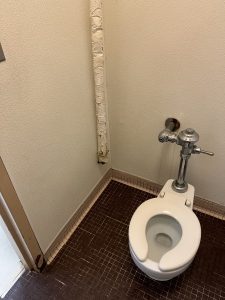
Referring to the exchanges she and other administrators shared with the residents, Schmettan added, “That in-person experience and the dialogue that we’re able to have with the community members as we’re walking and talking — that personal connection — is important for them.”
To accommodate a broad range of schedules, the administration varied its touring schedule across different times and days of the week.
The next tour will take place Saturday, Oct. 29, at 9 a.m. The third and final one will be held Thursday, Nov. 17, at 7 p.m. The district advises if anyone plans to attend, please check in at the security vestibule in the main lobby of the high school/middle school.
To learn more about the proposed capital bond projects, visit the website: www.portjeffschools.org/bond/home.

